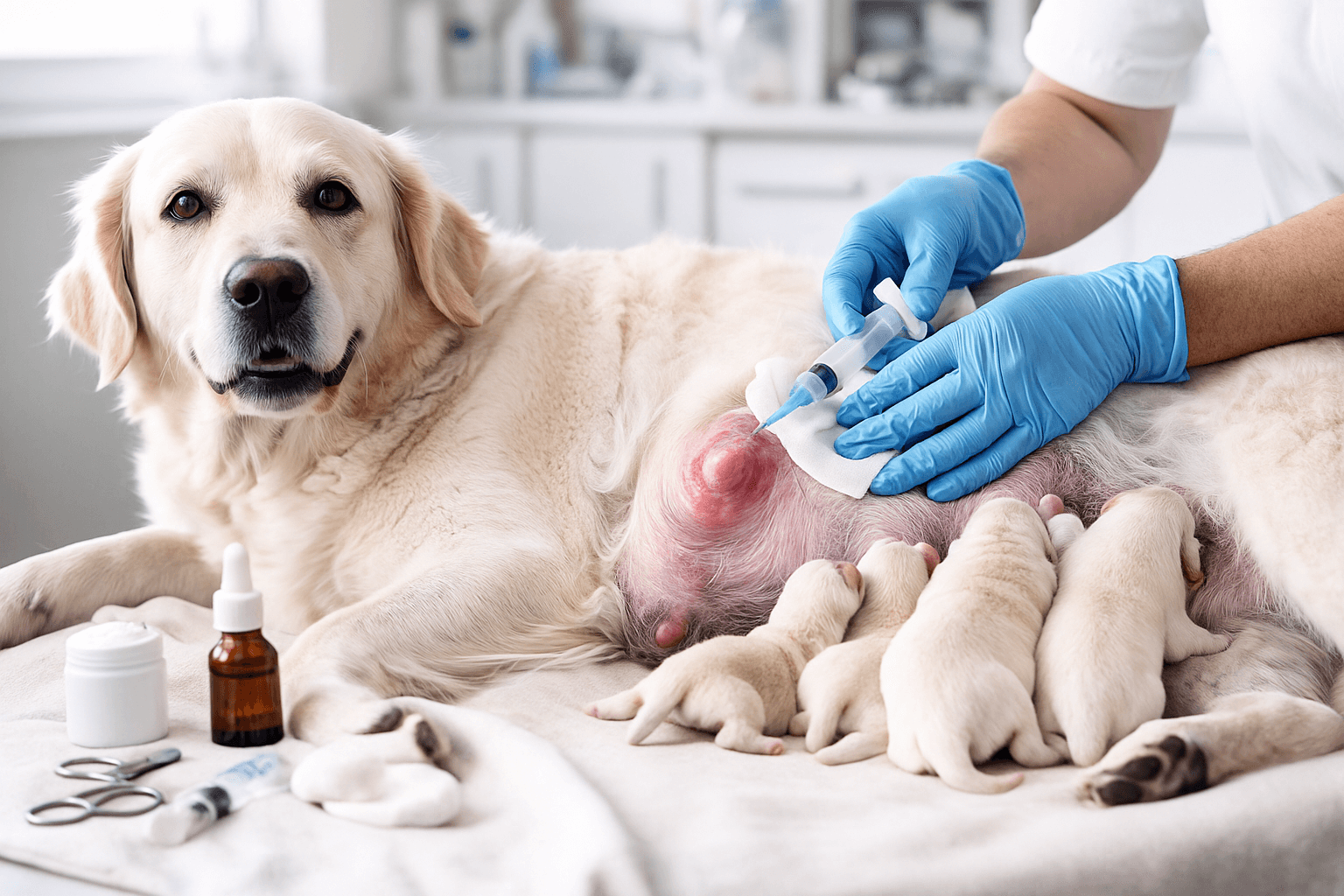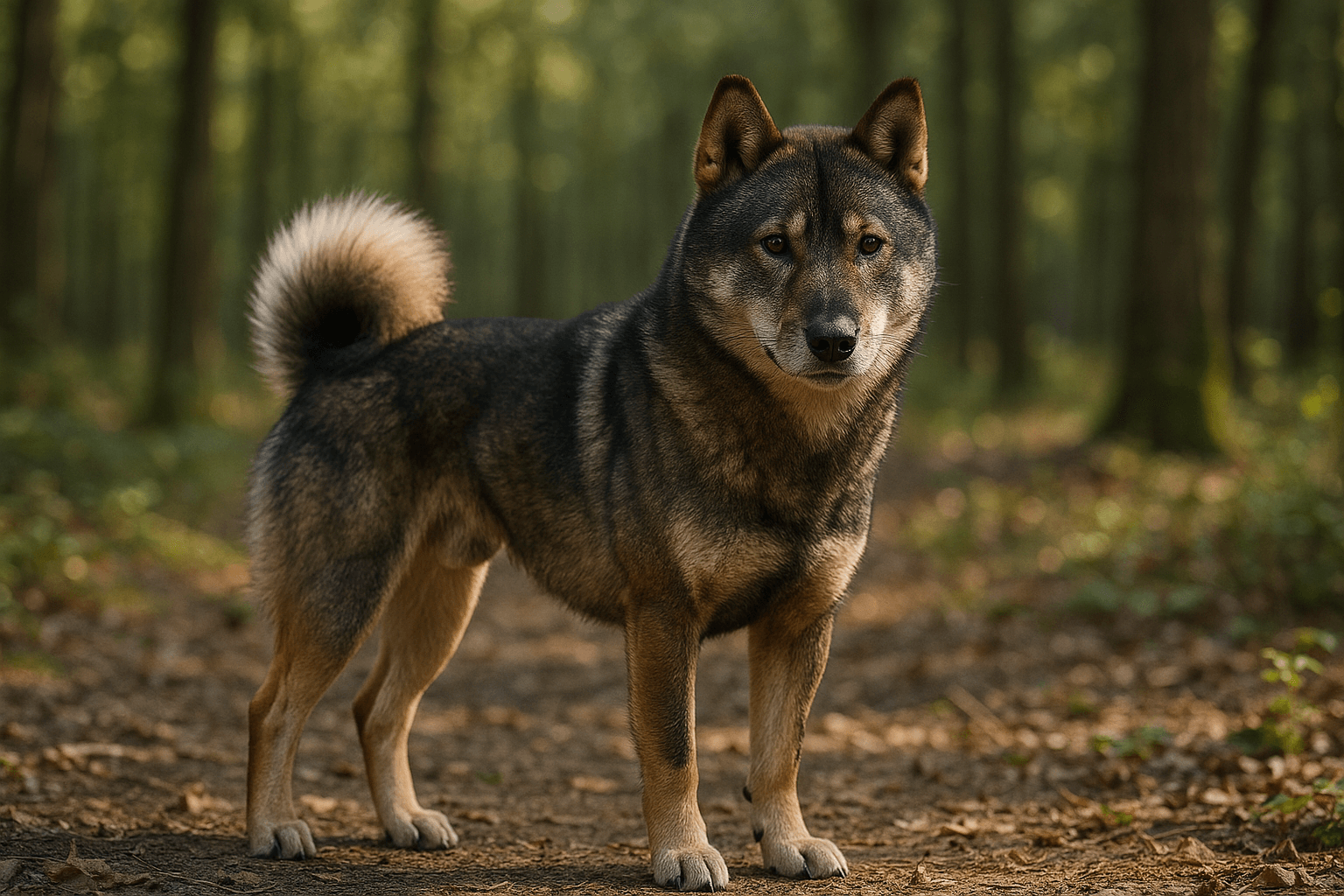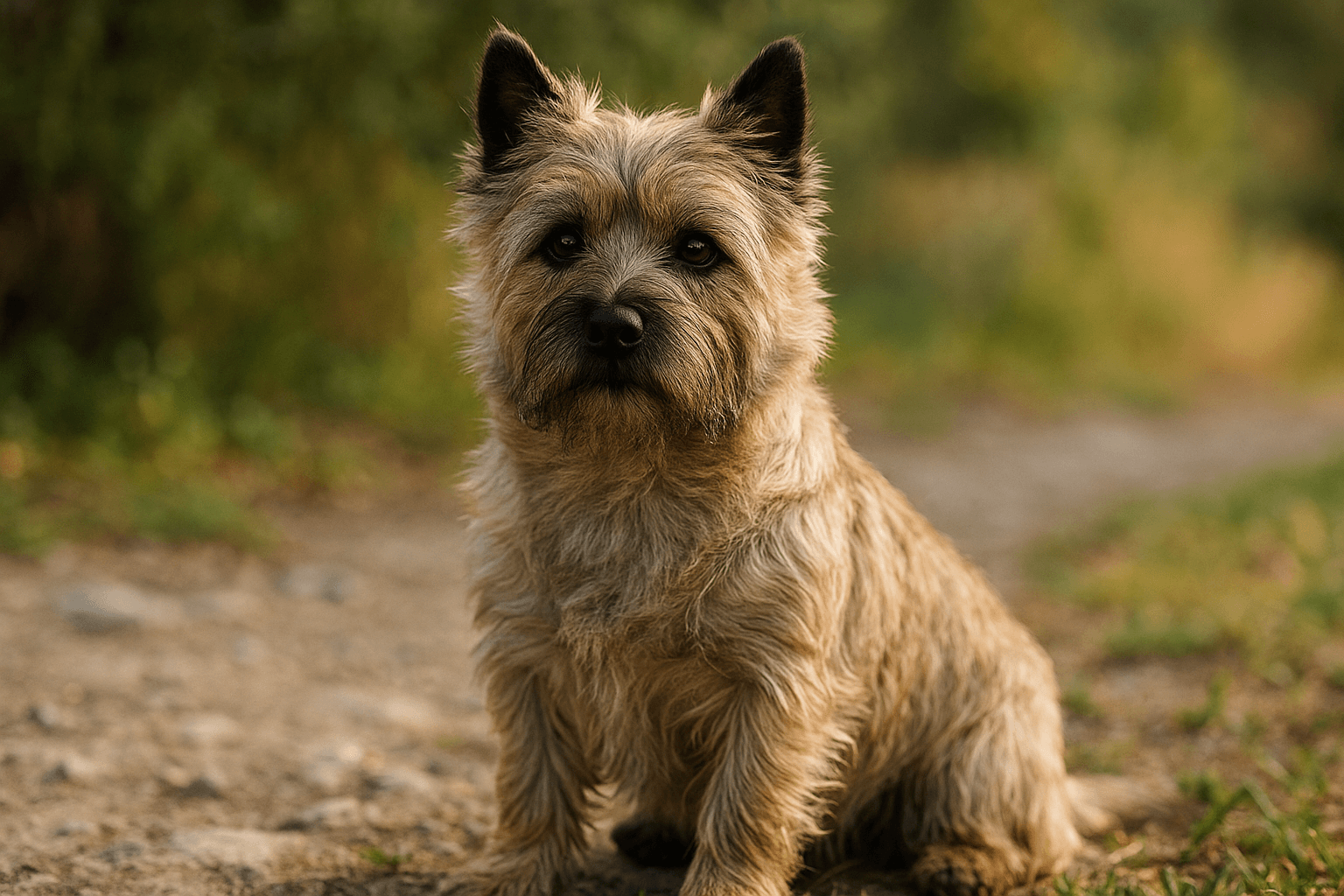The Best Dog Treats for Training: A Guide to Success
Training your dog is one of the most rewarding experiences you can share with your furry companion. Whether you’re teaching basic commands, advanced tricks, or behavior modification, using the right treats can make all the difference. But with so many options available—soft treats, crunchy biscuits, freeze-dried meats, and more—how do you choose the best dog treat for training? The ideal training treat should be small, tasty, and healthy, ensuring your dog stays motivated without overloading on calories. In this blog post, we’ll explore everything you need to know about selecting the perfect training treats, from nutritional considerations to practical tips for keeping your pup focused and excited during sessions.
Key Qualities of the Best Dog Treats for Training
Not all dog treats are created equal, especially when it comes to training. Here are the key qualities that make a treat ideal for training sessions:
Small Size : Treats should be bite-sized to avoid interrupting the flow of training and to prevent excessive calorie intake.
High Value : Choose treats that are irresistible to your dog, such as those made with real meat or cheese.
Soft Texture : Soft treats are easier and quicker to chew, allowing for faster rewards during training.
Low Calorie : Opt for low-calorie options to prevent weight gain, especially if training sessions are frequent or lengthy.
Natural Ingredients : Avoid treats with artificial additives, preservatives, or fillers that could upset your dog’s stomach.
By focusing on these qualities, you can ensure your dog stays engaged and motivated while maintaining their overall health.
Top Ingredients to Look for in Training Treats
The ingredients in your dog’s training treats play a crucial role in their effectiveness and safety. Here are some of the best ingredients to prioritize:
Real Meat : Chicken, beef, lamb, or turkey provide high protein and are often highly palatable for dogs.
Cheese or Yogurt : These dairy-based ingredients add flavor and appeal, though they should be lactose-free for sensitive dogs.
Fruits and Vegetables : Blueberries, sweet potatoes, or pumpkin offer natural sweetness and additional nutrients.
Grain-Free Options : For dogs with allergies or sensitivities, grain-free treats can be a safer choice.
Omega-3 Fatty Acids : Ingredients like salmon oil or flaxseed support skin, coat, and overall health.
Choosing treats with wholesome, nutritious ingredients ensures your dog enjoys their reward while reaping health benefits.
Check this guide 👉Why Blueberry Dog Treats Are a Pawsome: Best 7 Expert Tips!
Check this guide 👉Top 5 Best Bacon Dog Treats for Ultimate Pawsome Rewards!
Check this guide 👉Coconut Oil Dog Treats: Best 7 Expert Tips!

Types of Training Treats | Best Use Cases |
|---|---|
Soft Chewy Treats | Quick rewards during fast-paced training |
Freeze-Dried Meat | High-value rewards for challenging commands |
Low-Calorie Biscuits | Extended training sessions to avoid overfeeding |
Grain-Free Treats | Dogs with food allergies or sensitivities |
Homemade Treats | Customizable options for picky eaters |
Tips for Using Treats Effectively in Training
Using treats effectively is just as important as choosing the right ones. Here are some tips to maximize their impact during training:
Use Small Portions : Break larger treats into tiny pieces to keep portions manageable and calorie intake low.
Reward Immediately : Timing is key—give the treat within seconds of the desired behavior to reinforce the connection.
Mix It Up : Rotate between different treats to keep your dog interested and motivated.
Gradually Reduce Treats : As your dog masters a command, phase out treats and replace them with verbal praise or toys.
Avoid Overfeeding : Keep track of how many treats you give during a session to prevent excessive calorie consumption.
By following these tips, you can ensure your dog remains focused and eager to learn without any negative side effects.
Common Mistakes to Avoid When Using Training Treats
While treats are a powerful tool in dog training, there are some common pitfalls to watch out for. Here’s what to avoid:
Using Large Treats : Big treats can slow down training and lead to overfeeding.
Choosing Low-Quality Snacks : Treats filled with artificial ingredients may harm your dog’s health and reduce their appeal.
Over-Rewarding : Giving too many treats can diminish their value and make your dog less responsive.
Inconsistent Timing : Delayed rewards can confuse your dog and weaken the training effect.
Ignoring Allergies : Feeding treats with allergens can cause digestive upset or allergic reactions in sensitive dogs.
Avoiding these mistakes will help you create a positive and effective training experience for your dog.
Alternative Rewards for Dog Training
While treats are the most common reward in dog training, they’re not the only option. Here are some alternative rewards that can keep your dog motivated:
Verbal Praise : A cheerful “Good boy!” or “Well done!” can reinforce positive behavior, especially for dogs who crave attention.
Physical Affection : Petting, belly rubs, or gentle scratches behind the ears can be highly rewarding for affectionate dogs.
Playtime : A quick game of fetch or tug-of-war can serve as an exciting reward after mastering a command.
Clicker Training : Pairing a clicker sound with positive reinforcement can create a strong association without needing food every time.
Toys as Rewards : Offering a favorite toy after completing a task can motivate dogs who are toy-driven.
Incorporating these alternatives into your training routine can add variety and reduce reliance on treats while maintaining your dog’s enthusiasm.
How to Store and Preserve Training Treats
Proper storage of training treats ensures they stay fresh and appealing to your dog. Here are some tips for keeping your treats in top condition:
Use Airtight Containers : Store treats in airtight containers to prevent exposure to air and moisture, which can spoil them.
Keep Them Cool : Place treats in a cool, dry area or refrigerate them if they contain perishable ingredients like meat or yogurt.
Label Homemade Treats : If you make your own treats, label them with the date to ensure you use them before they expire.
Avoid Direct Sunlight : Store treats away from sunlight to prevent nutrient degradation and maintain flavor.
Freeze for Longevity : For long-term storage, freeze treats in portion-sized bags to extend their shelf life.
By following these storage tips, you can ensure your training treats remain fresh, tasty, and safe for your dog to enjoy.
Signs Your Dog Doesn’t Like a Training Treat
Sometimes, despite your best efforts, a treat may not appeal to your dog. Here’s how to tell if your chosen treat isn’t working:
Lack of Interest : If your dog sniffs the treat and walks away, it’s a clear sign they don’t find it enticing.
Delayed Response : A slow reaction to commands may indicate the treat isn’t motivating enough.
Spitting Out the Treat : If your dog takes the treat but spits it out, it’s likely not palatable to them.
Distracted Behavior : Constantly looking elsewhere or ignoring you during training can signal dissatisfaction with the reward.
Refusal to Engage : If your dog seems uninterested in the entire training session, the treat may not be high-value enough.
If you notice these signs, try switching to a different type of treat or incorporating alternative rewards to reignite your dog’s enthusiasm.
Frequently Asked Questions About Dog Training Treats
How many treats should I give during a training session?
Limit treats to small portions and adjust based on the length of the session to avoid overfeeding.
Can I use human food as training treats?
Some human foods like plain chicken or carrots are safe, but avoid toxic foods like chocolate or onions.
Are homemade treats better than store-bought ones?
Homemade treats allow for customization, but store-bought options are convenient and often nutritionally balanced.
What if my dog isn’t interested in treats?
Try higher-value treats, incorporate toys, or use meal kibble as a reward instead.
Can I train my dog without treats?
Yes, but treats are highly effective; once your dog masters a behavior, you can transition to praise or play rewards.
Choosing the Best Treats for Your Dog’s Training Journey
Finding the best dog treat for training is about balancing taste, health, and practicality. By selecting high-value, nutritious treats and using them strategically, you can keep your dog motivated and make every training session a success. Remember, the goal is not just to reward your dog but to build a strong bond through positive reinforcement. Whether you opt for store-bought treats, freeze-dried meats, or homemade snacks, the key is to tailor your choices to your dog’s preferences and dietary needs. With the right treats and techniques, you’ll unlock your dog’s full potential and enjoy a lifetime of learning and companionship together.
Spleen Cancer in Cats: Best 7 Expert Tips! – Expert insights on symptoms, care, treatment & quality of life for feline spleen cancer.
Dog Mastitis Treatment: Best 7 Expert Tips! – Safe, vet-approved care for nursing moms & prevention strategies.
The Shikoku Ken Dog: Best 7 Expert Tips! – Discover expert care, training & health advice for this rare, loyal Japanese mountain breed.
The Cairn Terrier Dog Breed: Best 7 Expert Tips! – Discover care, training & health advice for this spirited, loyal Scottish terrier.





